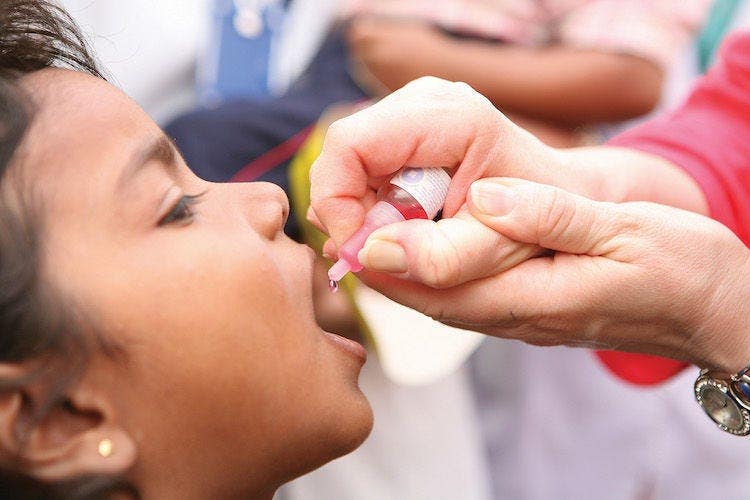A Comprehensive Guide to Preventive Care

People commonly go to the doctor when they feel sick. Unfortunately, many don’t consider going beforehand for preventive care services and don’t understand the various ways preventive visits can benefit their health.
When patients schedule regular checkups and are on top of their health, doctors and nurses can implement preventive treatments that help stop ailments and diseases before they start.
Looking to gain a deeper understanding of preventive care? Read our guide to learn the various types, methods, and issuers.
What is preventive care?
Preventive care, also known as prophylaxis or preventive medicine, is anticipating a disease and treating it before it occurs. Examples of preventive treatments include educating patients on diet and exercise, providing immunizations, encouraging the intake of vitamins and supplements, and even prescribing certain medications.
Small changes to a patient’s lifestyle can have a large impact on their overall health. Lifestyle changes can improve immunity and mitigate risk factors associated with cardiovascular disease, respiratory disease, diabetes, and other ailments.
According to a news release from the Partnership for Prevention, if 90% of patients sought care to prevent illnesses, up to 100,000 lives could be saved each year, based on a 2007 study.
Additionally, research from the Centers for Disease Control and Prevention indicates that too many Americans go without necessary preventive care: “Even families with insurance may be deterred by copayments and deductibles from getting cancer screenings, immunizations for their children and themselves, and well-baby checkups that they need to keep their families healthy.”
How can a disease be treated before it appears?
There are many warning signs a doctor or nurse might observe during a regularly scheduled checkup or routine screenings and tests.
Scheduling regular checkups, even if a person feels healthy, allows doctors to check for the earliest signs of heart disease (hypertension and high cholesterol), diabetes (hyperglycemia), sexually transmitted diseases (like HIV), certain cancers, and osteoporosis, among other diseases.
Genetic testing can also help medical professionals tell if a person is predisposed to certain cancers, genetic disorders, or other diseases. According to the Institute for Work & Health, there are three steps in preventive care that can help “treat” disease before it appears and save lives. Read more about them below.
1. Primary prevention: Education
The first step in disease prevention is the spread of knowledge. This work is primarily done by trained nurses and nurses with a more advanced skill set and education, such as those who have earned an advanced nursing degree like the options offered online by Maryville University. These nurses educate patients about the most beneficial health behaviors and types of preventive healthcare.
This type of health education isn’t limited to the doctor’s office and can be seen in everyday life. If you’ve ever walked by an advertisement suggesting exercise or avoiding smoking, you’ve seen an example of primary prevention.
Utilizing these day-to-day resources, as well as those available from a physician or healthcare provider, can help you lead a healthier life.
2. Secondary prevention: Analyzing risk factors
This method of preventive care is more patient-focused. Doctors and nurses analyze patients’ high-risk factors and susceptibility to different diseases through screening. If a weakness is found, treatment begins to prevent the onset of the disease.
Secondary prevention is also used to stop the spread of contagious diseases by testing whether a patient is infected or at a high risk of infection before symptoms appear.
3. Tertiary prevention: Preventing worsening of a disease
Tertiary prevention is the focus of most of today’s preventive medical care.
Rather than preventing the disease before it occurs, tertiary prevention is done when doctors and nurses are concerned with preventing the worsening of a disease that has already been diagnosed.
The reason this type of care is so prevalent is because patients rarely seek care until they start showing symptoms of a condition. By taking the earlier steps involved in primary and secondary prevention, you can sometimes curb the necessity of tertiary prevention methods and treatments.
How do nurses help promote preventive care?
Nurses typically interact more directly with patients than other medical professionals do, so they’re well-positioned to provide appropriate preventive care.
New roles for nurses in public health facilities, clinics, and schools have given these professionals even more opportunities to interact with patients and administer important preventive care services.
This means that nurses can help prevent medical conditions more readily than ever. For example, according to a study conducted by the American College of Nurse-Midwives, women are starting to ask their obstetrician-gynecologist (OB-GYN) or nurse midwife for primary preventive care, in addition to care related to the prevention of sexually transmitted diseases (STDs) and cervical cancer that an OB-GYN would normally help address.
Patients can play an active role.
Patient participation is a key component in preventive care. This begins with making sure to schedule regular checkups with the doctor. If a nurse recommends more physical activity or suggests dietary changes, it’s the patient’s responsibility to take the advice.
While not every illness can be stopped through preventive care, taking the simple steps of managing appointments and implementing healthy behaviors in day-to-day life can help you improve your overall health and well-being. Doctors, nurses, and other healthcare providers are looking out for their patients’ best interests so they can have a healthy and happy future.
Helping those in need requires the proper tools. If you’re an aspiring or established healthcare professional looking to advance your skills and practice, you might benefit by earning your online nursing degree from Maryville University. Check out our program page to find out how you can learn from professionals and study the critical skills and strategies needed to bring positive change to the field of healthcare.